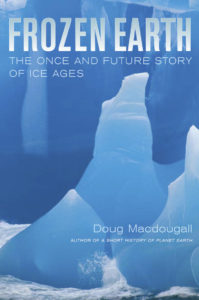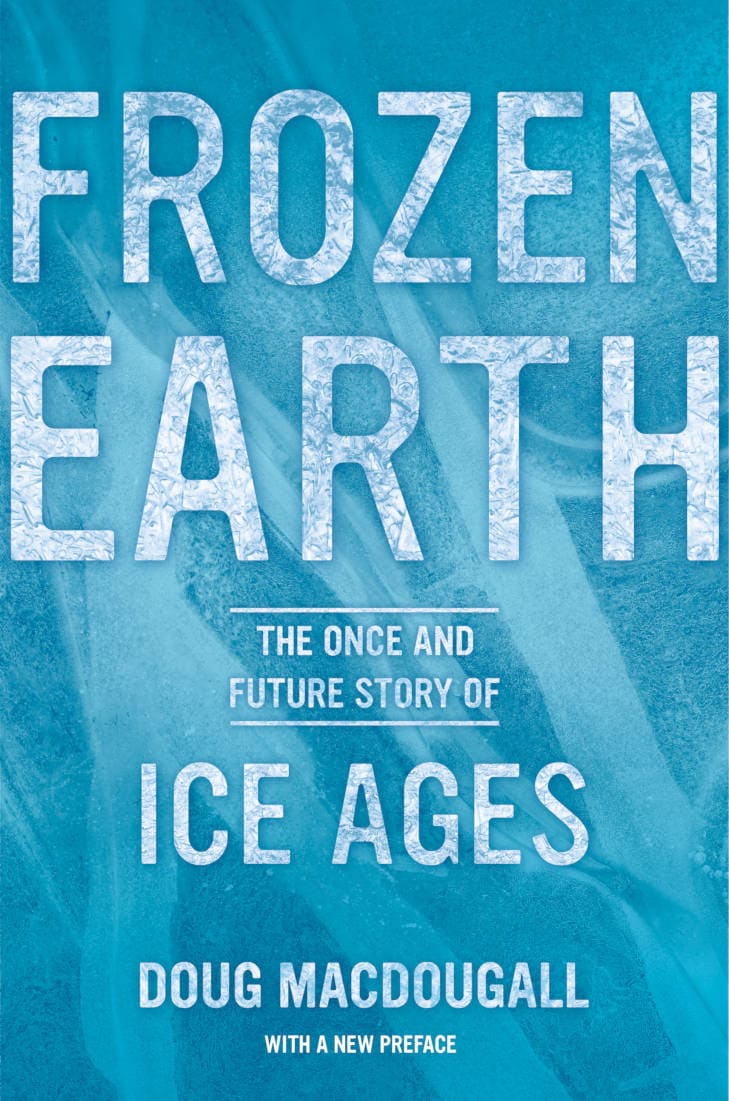…should be required reading for anyone interested in the future of the planet.
Times Higher Education Supplement
Ice ages have long fascinated us; witness their place in popular culture. Although perhaps not broadly realized, the effects of the most recent ice age – the Pleistocene Ice Age – are widespread, especially in the Northern Hemisphere. The Great Lakes of North America, the vast deposits of sand and gravel that we use for construction, the spectacular waterfalls of Yosemite – these are just a few of the things that owe their origin to the most recent ice age.
The concept of ice ages – the idea that large portions of the earth’s landmasses were covered with thick glacial ice in the past, and the realization that global temperatures would have been much lower during those episodes than at present – evolved in the middle of the nineteenth century. Initially it was thought that there had been a single period of cold in the earth’s history, and that it had strongly affected life then existing on our planet (this idea was supported by the spectacular discovery of whole frozen wooly mammoths in Siberia). This single ice age, however, turned out to be only the most recent of many that have occurred over the earth’s long history. And as understanding of biological evolution has advanced, it has become clear that the impact of ice ages on living organisms has been much more complex than the simple freezing of mammoths in Siberia.

Frozen Earth was reissued in 2013 with a new preface detailing recent advances in understanding ice ages and climate change.
Buy on Amazon
UK Amazon author’s page U.S. Amazon author’s page
